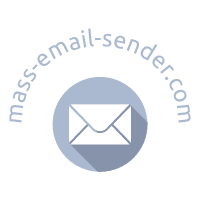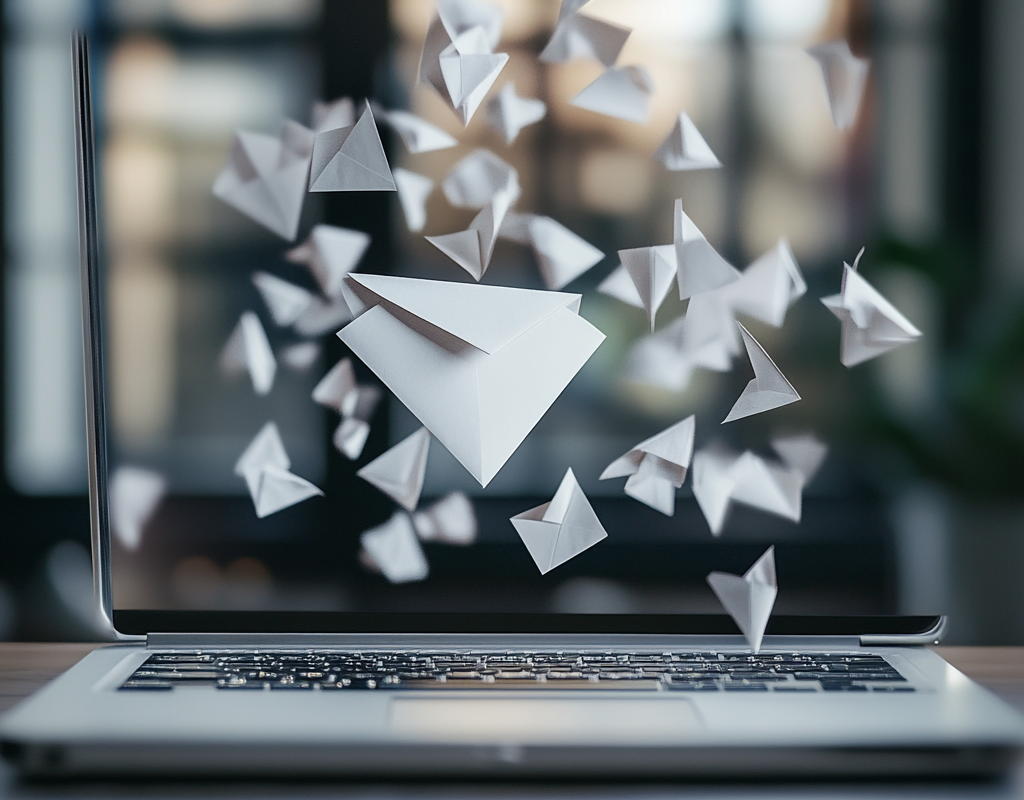Each email sent as part of a marketing or newsletter has a purpose – to attract attention, convey information and encourage action. However, while content is important, one of the key success factors lies in how the information is presented. The structure of the letter plays a huge role in the perception and effectiveness of the newsletter. Logical and thoughtful presentation of content helps the reader quickly navigate the material, and also increases the likelihood that he will perform the target action, be it clicking on a link or purchasing a product.
The importance of the first impression: how the headline affects the open rate of the letter
The header is the first thing the recipient sees when receiving the email. It is he who decides whether the reader will open your letter or ignore it. The title should be intriguing, but at the same time accurate and reflecting the essence of the content of the letter. This is the element that piques the user’s interest and makes him take the time to open the email. It is important that the title be short and clear, ideally no longer than 50 characters to avoid being truncated on mobile devices. The headline should avoid overly general phrases and unverified promises, so as not to create false expectations and cause dissatisfaction among the reader.
It is also worth remembering that the headline should work in conjunction with the subject of the letter and the main idea that you want to convey. For example, if you want to share new offers or discounts, use words that are associated with benefit and limitation. Examples of such headers: “20% discount today only!” or “Hurry up to buy during the promotion – 3 days left!”. Using such phrases makes the letter more attractive, and most importantly, the reader feels the need to open the letter so as not to miss the benefit.
Subheadings and Visual Elements: How to Keep the Reader’s Attention
After the reader opens the letter, his attention will be drawn to visual perception, which plays a significant role in the perception of information. Subheadings They help organize the text and break it into logical parts, making the letter easier to understand. Subheadings should be clear and stand out from the main text, be it font size, boldness, or color. Each subheading should have a clear connection to the content of the next block of text. This will help the reader quickly determine what the next section of the letter is about.
Besides, visual elements, such as images and graphics, greatly enhance the perception of information. For example, if the letter is about a promotion or product, a picture of a product or an image with a bright accent on a discount immediately attracts attention and creates visual confirmation of the proposed information. It’s important not to overload your email with too many images. The reader should focus primarily on the message itself, rather than on the visual elements. It’s also worth keeping an eye on the quality of your images: they should be clear and load quickly, especially on mobile devices. Here are some ways to use visual elements in emails:
- Using infographics to explain complex ideas or statistics.
- Insert pictures of products or services to help the reader visualize the offer.
- Graphic elements that highlight important points, such as call-to-action buttons.
These simple but effective techniques will help hold the reader’s attention and improve the comprehension of the letter.
Simple and clear text: how to write for quick comprehension
Once the reader’s attention is captured by the headline and subheadings, it is important that the body of the letter is easy to understand. Brevity and clarity are the two pillars on which effective mailing is built.. Important points need to be highlighted, but not overload the text with unnecessary words. Use short paragraphs and don’t forget about transitions between thoughts so that the text doesn’t seem heavy and drawn out.
When the text of the letter is too long and difficult to understand, the likelihood that the reader will refuse further reading increases significantly. Try avoid long and overloaded sentences — each sentence should be short and logically completed. It’s also important to use lists and bullet points wisely to highlight key facts or points you want to make.. This will help the reader quickly understand what exactly he needs to do after reading the letter. For example, instead of a long description of benefits, you can use numbered or bulleted lists, which will make the information easier to understand.
Besides this, it is important check writing style: It should be consistent with your brand and email goals. The tone of the letter and the use of formality or informality also greatly influence the perception of information. Try to write the way you speakso that the text sounds natural and does not overload the reader with official terms if this is not required.
Using Lists and Blocks: Creating a Readable Structure
Lists and blocks are some of the most convenient ways to present information that allow you to write easy to understand. When you are sharing several important facts or sentences, it is best to use bulleted or numbered lists. They help divide information into small parts that are easily digestible.
If you want to highlight important points, use blocks with background colors or borders to draw attention. Each block or item in the list should be independent and contain only one key idea. This will make your letter as structured and understandable as possible for the reader. For example, if you are describing the benefits of a product, you can make each bullet point short and to the point, with a little explanation for each benefit.
In addition, blocks of information can be used not only for lists, but also for highlighting key sections of the letter. Clearly labeled blocks with headings and sections will help the reader easily find the information they need, as well as quickly move from one section of the letter to another. If each section is logically complete and self-contained, this will help improve the perception of the letter and increase engagement.
Call to Action: How to Position Your CTA for Maximum Effectiveness
A call to action (CTA) is an important element that directs the reader to the desired outcome – be it a purchase, a newsletter sign-up, or a website visit. The call to action button should be bright and stand out from the background of the email., but at the same time be harmoniously integrated into the overall design. Don’t overload your email with lots of buttons with different actions. – this can confuse the reader and reduce effectiveness.
When you place a CTA button, pay attention to its mood in a letter. It should be in a visible place so that the user can easily find it after finishing reading the main content. If you have multiple offers or actions, feel free to repeat the CTA button at the bottom of the email so that it is available on both the first and last line. The reader must understand what exactly is required of him – be it clicking on a link, registering or making a purchase.
It is also worth remembering that the text on the button should be clear and motivate the user to take action. Instead of simple phrases like “Click here”, use specific appeals, e.g. “Get a discount”, “Take a test” or “Register now”. Such actions guide the reader and make the appeal more powerful.
Effective writing structure is not just a way of presenting information, but also a means of achieving specific goals. The reader, upon opening the letter, should immediately understand what it is about and what he needs to do. Each element of the letter should work in conjunction with the others – from the headline to the call to action button. Correct structure and clear separation of information help the reader quickly navigate and understand important points. The use of subheadings, lists and blocks allows you to break the text into logical parts, improving comprehension. Visual elements such as images and graphics support the overall message and make the letter more attractive. And a call to action, if designed correctly, encourages the user to complete the target action.
Ultimately, it’s important to remember that everything should work toward the same goal—to make your writing user-friendly, attractive, and effective. The structure of the letter directly affects how successfully it will be received. Are your suggestions needed, what format would be preferable and how to simplify the perception of information as much as possible – these are all questions that should be taken into account when planning each mailing.
Don’t forget that every newsletter is a chance to establish closer contact with your audience and encourage them to take actions that will bring results.
Subheadings and bullet points help organize information, make writing easier to read, and allow the reader to quickly find key points. This improves the reading experience and engagement.
The CTA button should be placed in a prominent place, preferably at the top and bottom of the email, so that the reader can easily find it regardless of whether they finish reading the email or quickly scan it.




